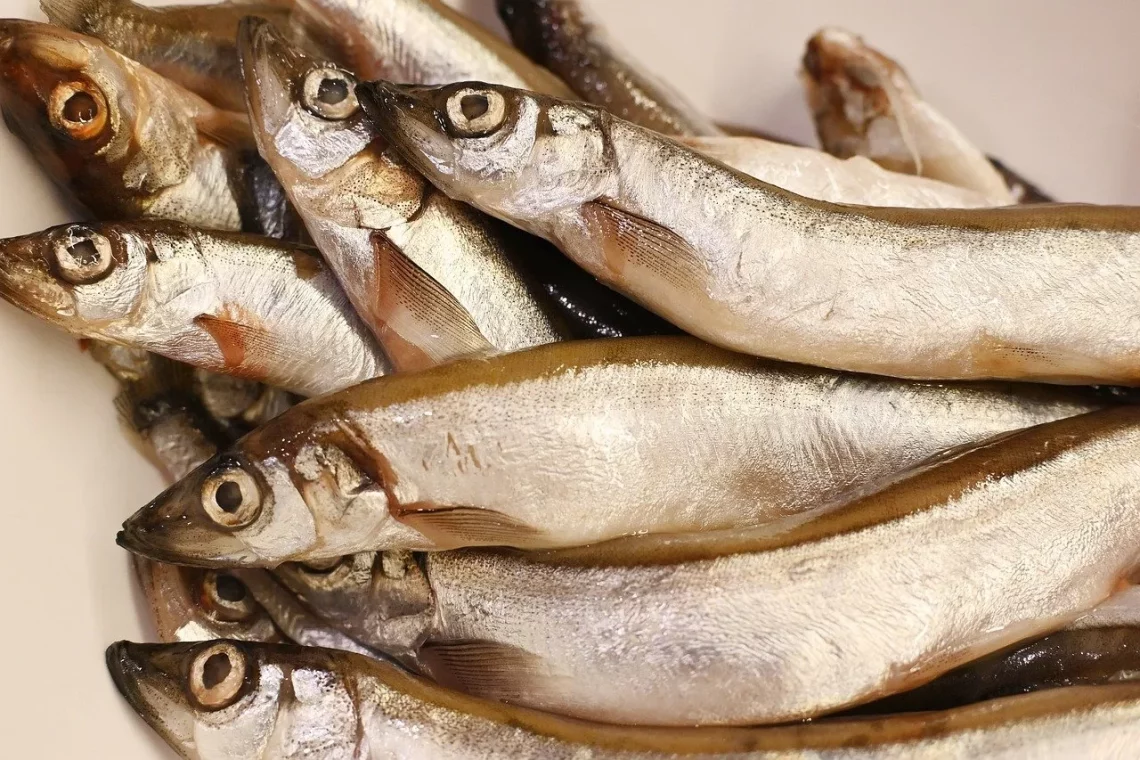
Fish Obsessed Mount: Exploring the Fascinating World of Aquatic Enthusiasm
The allure of aquatic life has captivated humans for centuries, drawing them into a world that is as enchanting as it is complex. From the vibrant hues of coral reefs to the serene depths of freshwater lakes, the aquatic realm is a treasure trove of biodiversity and beauty. Our fascination with fish and other aquatic organisms goes beyond mere observation; it often evolves into a passionate pursuit, leading individuals to dive deeper into the science, conservation, and enjoyment of these creatures.
Aquarium enthusiasts, hobbyist fish breeders, and conservationists alike share a common thread of curiosity that fuels their dedication. The intricate behaviors, stunning colors, and unique adaptations of aquatic species offer endless opportunities for exploration and understanding. Furthermore, the act of maintaining an aquarium or participating in fish conservation not only serves as a rewarding hobby but also fosters a sense of responsibility towards preserving fragile ecosystems.
As we embark on this journey through the fascinating world of aquatic enthusiasm, we will delve into the different aspects that define this passion, from the art of aquarium keeping to the broader implications of fish conservation. The depths of this subject hold a wealth of knowledge and inspiration for anyone willing to explore it.
The Art of Aquarium Keeping
Creating an aquarium is more than just filling a tank with water and fish; it is an art form that requires understanding, patience, and a keen eye for detail. An aquarium serves as a window into the underwater world, allowing us to experience its beauty and complexity in our own homes.
The first step in setting up a successful aquarium is choosing the right tank size and type. Different species of fish require varying amounts of space, so it is crucial to research the specific needs of the fish you wish to keep. Freshwater aquariums are typically easier for beginners, featuring species like guppies, tetras, and bettas, while saltwater tanks can be more challenging but offer a stunning array of marine life.
Once the tank is selected, the next step involves creating an ideal environment. This includes selecting the appropriate substrate, plants, and decorations that mimic the fish’s natural habitat. Live plants not only enhance the aesthetic appeal but also contribute to the tank’s ecosystem by improving water quality and providing shelter for the fish.
Water quality is paramount in maintaining a healthy aquarium. Regular testing for parameters such as pH, ammonia, nitrite, and nitrate levels is essential. Implementing a filtration system and performing routine water changes helps ensure that the environment remains stable and conducive to the well-being of the aquatic inhabitants.
Feeding is another critical aspect of aquarium care. Understanding the dietary needs of different fish species is vital for their growth and health. Overfeeding can lead to water quality issues, so it is important to establish a feeding schedule and provide a balanced diet tailored to the specific needs of the fish.
As the aquarium matures, hobbyists often enjoy observing the complex interactions among the fish. Behavioral patterns, such as schooling, territorial disputes, and breeding rituals, provide insight into the social structures of aquatic life. Keeping a journal to document these observations can deepen one’s appreciation and understanding of the aquatic world.
Fish Breeding: A Rewarding Challenge
For many enthusiasts, breeding fish is a natural progression from keeping an aquarium. It presents both a rewarding challenge and an opportunity to contribute to the conservation of certain species. Breeding fish requires knowledge of the specific reproductive behaviors and requirements of the species, as well as an understanding of their genetics.
The breeding process can be both fascinating and intricate. Many species exhibit unique courtship behaviors that can be mesmerizing to witness. For instance, bettas are known for their elaborate displays during mating, while cichlids engage in complex nesting rituals.
Creating a breeding environment often involves setting up a separate tank to ensure the safety of the fry (young fish). This tank should be equipped with hiding spots and appropriate water conditions tailored to the species. Once the eggs are laid, it is crucial to monitor them closely, as some fish exhibit parental care while others may eat their own offspring.
Successful breeding can lead to a surplus of fish, prompting hobbyists to consider how to responsibly manage the new population. Some may choose to sell or trade the fish, while others may donate them to local aquariums or conservation programs. This not only helps manage the population but also fosters a sense of community among fish enthusiasts.
Breeding fish also poses ethical considerations, particularly concerning the over-collection of wild species. Many aquarists are now advocating for responsible breeding practices that prioritize the conservation of natural habitats and the well-being of the species. By focusing on captive breeding, enthusiasts can help alleviate some of the pressures faced by wild populations.
Ultimately, breeding fish is not just about the thrill of creating new life; it is also an opportunity to educate others about the importance of conservation and the delicate balance of aquatic ecosystems.
Conservation Efforts and Their Importance
As the world’s aquatic environments face increasing threats from pollution, habitat destruction, and climate change, the importance of conservation efforts cannot be overstated. Many fish enthusiasts are becoming advocates for preserving aquatic habitats, understanding that their passion for fish goes hand in hand with the responsibility to protect them.
Conservation initiatives often focus on raising awareness about the fragile state of aquatic ecosystems and the species that inhabit them. Organizations dedicated to marine and freshwater conservation work tirelessly to restore habitats, implement sustainable fishing practices, and combat pollution. By supporting these initiatives, fish enthusiasts can play an active role in preserving the beauty and diversity of aquatic life.
One effective way to contribute to conservation is by participating in local cleanup efforts and habitat restoration projects. These hands-on experiences not only provide a sense of fulfillment but also create a community of like-minded individuals passionate about protecting aquatic environments.
Moreover, education plays a crucial role in conservation. Many aquarists utilize their knowledge and experience to teach others about the importance of keeping ecosystems healthy. Workshops, school programs, and community events can inspire the next generation to appreciate and protect aquatic life.
In addition to hands-on efforts, advocacy is key in raising awareness about the issues affecting aquatic environments. Fish enthusiasts can lend their voices to campaigns that promote sustainable practices and responsible management of aquatic resources. By participating in these movements, individuals can help influence policies that prioritize conservation and protect aquatic habitats for future generations.
Through a combination of education, advocacy, and direct action, fish enthusiasts can contribute to meaningful conservation efforts that ensure the survival of aquatic species and the ecosystems they inhabit.
In conclusion, the exploration of the aquatic world is an incredible journey that goes beyond mere observation. Whether through the art of aquarium keeping, the challenges of fish breeding, or the vital importance of conservation, there is a wealth of knowledge and passion to be discovered. As we engage with the aquatic environment, we foster a deeper connection to nature and take on the responsibility of protecting it for generations to come.
*This article is for informational purposes only and should not be considered medical advice. Always consult a healthcare professional for medical concerns.*




